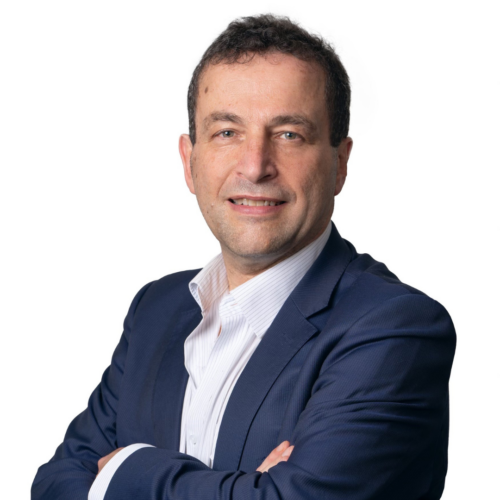Cabrini in exciting global cardiac research trial
06/03/2023

Cabrini Health is taking part in an exciting global research trial which aims to quantify the measurement and treatment of a cardiac condition.
Associate Professor Nathan Better, Cabrini’s Academic Director of Cardiac Research, is a clinical cardiologist and specialist in nuclear medicine. Nuclear medicine traditionally involves injecting small doses of radioactivity into the body and following it physiologically, looking, for example, at the heart, kidney, bones and brain. A/Prof Better’s area of interest is blending cardiology and nuclear medicine imaging together.
Patients who arrive with shortness of breath sometimes have heart failure where the heart muscle is weak or can not “relax” adequately. It can be caused by many conditions, one of which is amyloid, a build up of abnormal protein. Amyloid also comes in different types, one of which is “transthyretin”. This is of great interest to the medical community; it has been previously been difficult to diagnose and recently, treatments for this condition have become available.
“We are trying to find the best way to quantify transthyretin amyloidosis (ATTR-CMP), a build-up of protein in the heart,” A/Prof Better says. Tests such as echocardiography (cardiac ultrasound) can diagnose cardiac amyloidosis, but can not identify the transthyretin type. Previously, only a biopsy of the heart could identify the subtypes, but now this nuclear medicine technique (a pyrophosphate (PYP) scan) can make the diagnosis without a biopsy.
“We know that imaging is effective at making a diagnosis, but we want to establish technological guidelines that will help management. In the future, the amount of tracer in the heart will not only help in diagnosis, but guide therapy choices and potentially monitor the success of treatment.”

A/Prof Nathan Better in Levinsky Market, Tel Aviv, with his wife Jenny en route from an IAEA meeting in Vienna, December 2022.
“This worldwide trial is working out what is the best way to do this quantitation that will offer a reproducible method that can be used anywhere in the world,” says A/Prof Better.
The ATTR-CMP Tc-99m-PYP SPECT imaging worldwide trial is being run by the International Atomic Energy Agency (IAEA), a part of the United Nations, based in Vienna. A/Prof Better does a lot of his research through the IAEA. He and other specialists are invited by the IAEA to help run research projects, write guidelines as well as organise courses and run educational meetings worldwide, particularly in the developing world.
A/Prof Better is leading the imaging trial for Australia, and Cabrini is the only Australian site contributing, along with 15 to 20 other sites around the world. It is hoped that each site will be able to identify and recruit 15 to 30 patients with possible transthyretin amyloidosis to the trial.
All the scans from each centre around the world will be de-identified and sent to a central core lab based in the USA, at the Brigham and Women’s Hospital in Boston. Here, they will put all the scan data into a mathematical model and work out a way to standardise the values between all the different centres. The aim is to find a method that can be reproduced worldwide to help diagnose transthyretin amyloidosis and allow consistency in management plans worldwide.
The trial is expected to take 12 to 18 months and is just beginning.
To learn more about Cabrini Research projects visit www.cabrini.com.au/research